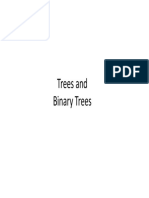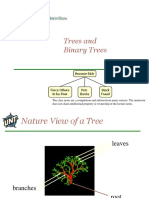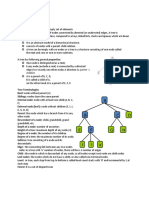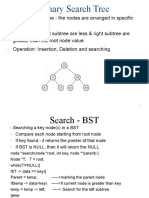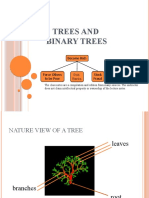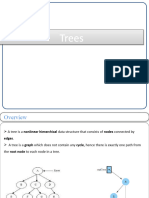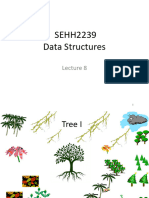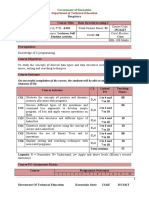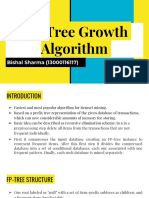0% found this document useful (0 votes)
98 views57 pagesBinary Tree - DS
This document provides an overview of binary trees and their properties. It defines what a binary tree is, noting that each node can have at most two children. It describes key binary tree terminology like root, leaf nodes, height, and degrees. It also covers different types of binary trees like similar, equivalent, complete, and strictly binary trees. Finally, it discusses properties of binary trees and two methods for representing binary trees in memory: linked and sequential representations.
Uploaded by
Anuj VermaCopyright
© © All Rights Reserved
We take content rights seriously. If you suspect this is your content, claim it here.
Available Formats
Download as PDF, TXT or read online on Scribd
0% found this document useful (0 votes)
98 views57 pagesBinary Tree - DS
This document provides an overview of binary trees and their properties. It defines what a binary tree is, noting that each node can have at most two children. It describes key binary tree terminology like root, leaf nodes, height, and degrees. It also covers different types of binary trees like similar, equivalent, complete, and strictly binary trees. Finally, it discusses properties of binary trees and two methods for representing binary trees in memory: linked and sequential representations.
Uploaded by
Anuj VermaCopyright
© © All Rights Reserved
We take content rights seriously. If you suspect this is your content, claim it here.
Available Formats
Download as PDF, TXT or read online on Scribd
/ 57




